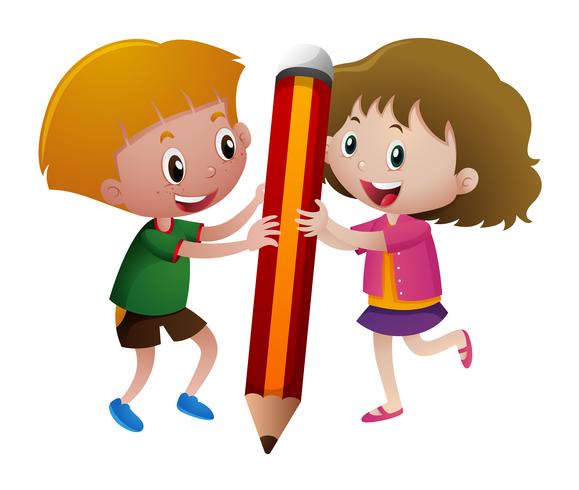
Tripod grasp is the optimal (though not the only functional grasp) used to hold and write with a pencil.

Tripod grasp– Tripod grasp is the opposition of the thumb to the pad of the pointer finger and middle finger when grasping and manipulating objects.You might see the tip-to-tip grasp to pick up a sequin or fuzz from clothing. When using a pincer grasp, children use the pads of the thumb and finger to stabilize the object. Neat pincer grasp is used to pick up very small items such as perler beads, a thread from a surface, or a needle. Neat pincer grasp– Neat pincer grasp uses the tips of the thumb and pointer finger to stabilize objects.Any functional skill that involved holding items between the thumb and index finger are based on effective development of pincer grasp. Pincer grasp is important for many fine motor tasks. Pincer grasp– Pincer grasp refers to pad-to-pad grip needed to pick up small bead-sized objects.These fine motor skills are needed for functional tasks like managing a pencil or crayon during handwriting, opening containers, managing coins or small items, manipulating a spoon/knife/fork, adjusting the paper when cutting with scissors, and fastening buttons or shoe laces. Examples of rotation are rolling a pencil in your fingertips, turning a pencil over to use the eraser, or opening a bottle top by rotating the lid on your finger tips. Rotation is rolling an object using the fingertips.Another example might be manipulating a button or a zipper with the finger tips. Shift is moving an object using the pads of your fingers…adjusting the pencil grip is demonstrating finger shift.Translation is using your fingers to moving a little item from your palm to your finger tips (or your fingertips to squirrel the item into the palm). When you hold a coin in your palm and manipulate it to your finger tips to push it into a piggy bank or vending machine, you are demonstrating palm-to-finger translation.Manipulation of objects within the hand includes three aspects of mobility: translation, shift, and rotation of objects. In-hand manipulation– In hand manipulation refers to the ability to manipulate objects within the hand.Development of hand arch and thumb web space is important for these functional skills and gross grasp plays a part. To do these activities, you need to squeeze your whole hand shut and maintain endurance to complete the activity. Gross grasp is important in tasks like handwriting and scissor use. Gross grasp– Gross grasp is used when squeezing all of the fingers shut around an object, like when holding the handle of a suitcase.

Development of bilateral coordination skills is powerful in functional skills like self-feeding, handwriting, self-dressing, grooming, and more. Without bilateral coordination, a child might appear to be clumsy or drop items, use primarily one hand in activities, or switch hands during tasks that require a dominant hand and a helper hand. Also called bilateral integration, the movements of both hands together in activities requires processing and integration of both hemispheres of the brain to enable both hands working together at the same time, or bilateral movements.Bilateral coordination includes three components: Symmetrical movements, Alternating movements, and Dominant hand/supporting hand movements. Bilateral hand coordination– Coordinated use of both hands together, or using one hand as a stabilizer and one hand as a manipulating hand.Let’s cover all of these fine motor areas in more detail: These examples of fine motor skills are needed for everyday tasks like cutting with scissors, tying shoes, fastening buttons and zippers, coloring, and holding a pencil. These sub-areas impact mobility, tool use, manipulation of objects, strength, and endurance. So, what are the fine motor skills that make up overall fine motor dexterity and skill work?įine motor skills are made up of various motor components.


 0 kommentar(er)
0 kommentar(er)
